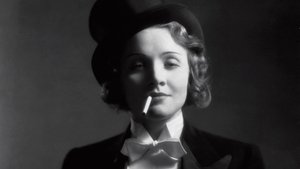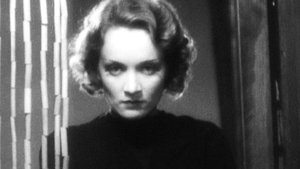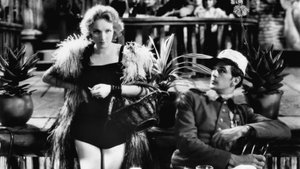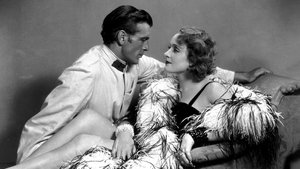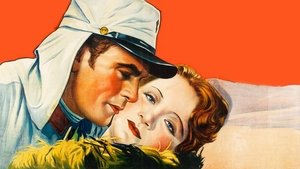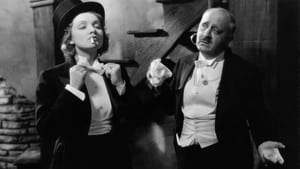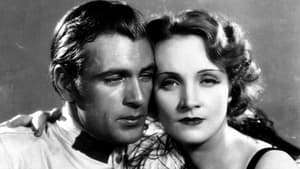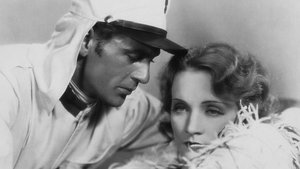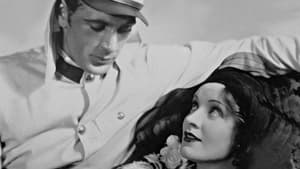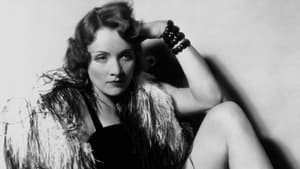Video Sources 0 Views
- Watch trailer
- Morocco 1930 Colorized

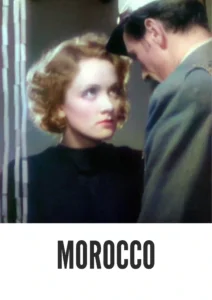
Synopsis
Table of Contents
ToggleMorocco (1930) Colorized: Dietrich Sizzles in this Exotic Pre-Code Romance – Now in Vibrant Color!

Experience the allure of Morocco (1930) like never before! This newly colorized HD version of Josef von Sternberg’s classic pre-Code romance stars Marlene Dietrich and Gary Cooper in a smoldering tale of love and sacrifice amidst the exotic landscapes of French Morocco.
Morocco (1930) Movie Storyline: Love and Longing in a Colonial Land
Set in Mogador, Morocco, in the late 1920s, Morocco tells the story of Amy Jolly (Marlene Dietrich), a worldly and disillusioned cabaret singer who arrives seeking a fresh start . She quickly attracts the attention of both the wealthy and sophisticated Monsieur La Bessière (Adolphe Menjou) and the charming but womanizing Legionnaire Tom Brown (Gary Cooper) .As Amy navigates her complex feelings for both men, she finds herself torn between the security and luxury offered by La Bessière and the passionate, albeit uncertain, connection she shares with Tom . The film explores themes of desire, independence, and the sacrifices one makes for love, culminating in a daring and unforgettable act of devotion .
Cast of Morocco (1930): Dietrich, Cooper, and Menjou Create On-Screen Magic
- Marlene Dietrich as Mademoiselle Amy Jolly
- Gary Cooper as Légionnaire Tom Brown
- Adolphe Menjou as Monsieur La Bessière
- Ullrich Haupt as Adjutant Caesar
- Eve Southern as Madame Caesar
Genre and Themes: A Pre-Code Romance Exploring Desire and Freedom
Morocco is a pre-Code romantic drama that explores themes of love, desire, social conventions, and personal freedom . The film is notable for its strong female lead and its exploration of gender roles and sexuality.
Morocco (1930): Dietrich’s American Debut and a Pre-Code Landmark
Released in 1930, Morocco marked Marlene Dietrich’s American film debut and solidified her status as an international star . The film’s daring themes and Dietrich’s androgynous style, including her iconic performance in a tuxedo, made it a landmark of pre-Code cinema . In 1992, the film was selected for preservation in the United States National Film Registry by the Library of Congress .
The Colorization Process: Enhancing the Sensuality and Atmosphere of a Classic
This colorized version of Morocco (1930) was meticulously created by [Your Company Name], a team of dedicated film restoration and colorization experts. Our goal was to enhance the film’s visual impact while respecting its original artistic vision and historical context.Our Process:
- AI-Powered Color Grading: We used sophisticated AI algorithms to analyze the grayscale tones of the original film and generate realistic and visually appealing color palettes.
- Historical Research: Our team conducted extensive research into the fashions, architecture, and cultural details of 1930s Morocco to ensure that the colorization was as accurate and authentic as possible.
- Manual Refinement and Artistic Enhancement: Skilled colorists carefully reviewed each scene, making adjustments to ensure consistency, realism, and emotional resonance. We sought to enhance the film’s atmosphere and highlight the beauty of its costumes and settings.
- Preservation of Detail and Texture: Special care was taken to preserve the film’s original detail and texture, ensuring that the colorization process enhanced, rather than detracted from, its artistic merit.
Technical Details: Download Morocco (1930) in Colorized HD
- Original Release: 1930
- Director: Josef von Sternberg
- Based on the novel by: Benno Vigny
- Starring: Marlene Dietrich, Gary Cooper, Adolphe Menjou
- Runtime: Approx. 92 minutes
- Language: English
- Download Format: MP4
- Resolution: HD (1080p)
- Compatibility: Compatible with modern devices
- Audio: Restored and enhanced soundtrack
Why Watch the Colorized Version of Morocco (1930)?
Experience the timeless allure of Morocco in a whole new light! The colorization adds depth and vibrancy to the film’s exotic settings and enhances the beauty of its stars. This is a unique opportunity to connect with a classic of pre-Code cinema and appreciate the groundbreaking performances of Dietrich and Cooper. Note that this is a love story, but is also a commentary on colonialism in the region.
Download Morocco (1930) Colorized in HD Today!
FAQs
Q: What is Morocco (1930) about?
A: Morocco is a pre-Code romantic drama about a cabaret singer torn between a Legionnaire and a wealthy man in French Morocco.
Q: What makes this film important?
A: Morocco marked Marlene Dietrich’s American debut and is known for its daring themes and iconic scenes. It is a landmark film of the pre-Code era.
Q: What makes this colorized version special?
A: Meticulous effort has been made to both be historically accurate, and add to the film’s allure.
